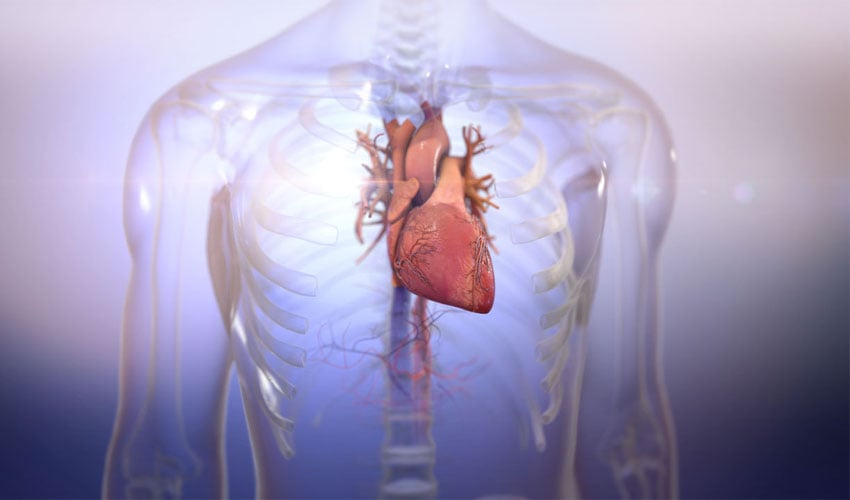BIOLIFE4D successfully bio-prints human heart tissue

BIOLIFE4D, a Chicago-based company that specializes in bio-printing and tissue engineering, recently announced that they have successfully bio-printed 3D human heart tissue. This is the first conclusive results since the $50 million fundraiser by the company last September.
Bio-printing could be a solution to better understand complex organs such as the heart and find more appropriate care and even prevent certain diseases. Many very realistic models have been 3D printed, either to help surgeons better train themselves or to improve the transplant process. BIOLIFE4D, for their part, has focused more on the creation of heart tissue and has managed to type of a kind of cardiac patch.
BIOLIFE4D makes a heart patch in only a few days
Their 3D printed cardiac patch contains several types of cells that the human heart is made of, but also a preliminary vascularization. The patch could be used on patients with acute heart failure to restore lost myocardial contractility. The whole process was completed in just a few days, much faster than expected. The company can produce the patches anywhere between 6 to 8 months.
Dr. Ravi Birla from BIOLIFE4D explains “The speed at which we bioprinted 3D human cardiac patches, within days, is unheard of within the scientific community. These efforts clearly demonstrate our ability to bioprint human tissue and provide a clear and rapid pathway towards bioprinting human hearts.” The company now seeks to focus on the bio-printing of valves and blood vessels to create a miniature heart, the idea being to get closer to that of a real human heart.
BIOLIFE4D’s bio-printing process begins with the collection of blood samples from the patient. Each cell of the human body has the same number of genes and the same DNA, so each has the potential to be converted into any other cell. As a result, the blood cells of the sample are transformed into induced pluripotent stem cells (IPS) that can be “reprogrammed” as needed. Here, they are converted into cardiomyocytes, ie cardiac cells. These are then mixed with nutrients in a hydrogel to keep the cells alive and viable throughout the process.
The company then obtains a bio-ink that is able to be extruded on a bio-printer in the form of a patch. This is then incubated to promote the growth of the cells inside. BIOLIFE4D hopes to disrupt the treatment of heart disease and other heart defects, including improving the transplantation process by eliminating the need for donor organs that are still insufficient in relation to demand.
Find more information on their official website or in the video below:
What do you think of the solutions created by BIOLIFE4D? Let us know in a comment below or on our Facebook and Twitter pages! Sign up for our free weekly Newsletter, all the latest news in 3D printing straight to your inbox!









